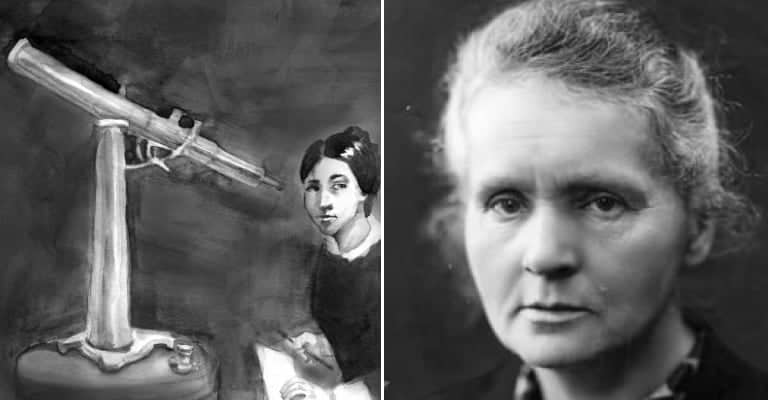Ever since the film Hidden Figures came out in 2016, people have adored female astronauts, mathematicians, and scientists. After all, who doesn’t love the inspiration story of an all female African-American team who played a vital role in NASA during the early years of the American space program?
Today, there are many pushes for girls to get involved in science and mathematics, fields that were previously considered to be male-oriented. Women have actually been involved in science for millennia and have made some of the most significant contributions to areas like healthcare, astronomy, and physics. Females invented programming, discovered radiation, figured out the chemical composition of stars, learned how to predict lunar eclipses, and much, much more. The ladies who, for centuries, have acted as trailblazers in science opened the door for many women today to pursue their scientific careers. Keep reading to learn more about some of your new favorite female heroes.

1. Ada Lovelace Was the First Computer Programmer
The daughter of the famous English poet Lord Byron, Ada Lovelace showed an early aptitude for mathematics. However, her father left her mother when she was only a few weeks old and died when she was eight. Because Ada’s mother wanted her to grow up without her father’s personality faults, she had her educated in mathematics and science, two subjects that were rare for girls, even those born into aristocratic families.
At age 17, she met Charles Babbage, the inventor of what is widely considered to be the first computer. He mentored her over the next few years, and she translated a French article about his machine, adding in many of her own thoughts and comments. She published the piece using only her initials, possibly because it would not be respected if a woman’s name was attached to it.
Like many great scientists and innovators, Lovelace’s contributions to mathematics and early computing were not recognized until after her death. Her work was discovered in the 1950s, and the United States Department of Defense went on to develop a programming language – “Ada” – named after her. It was during this time of discovering Lovelace’s work that Grace Hopper, another female programmer, began her rise into “herstory.”

